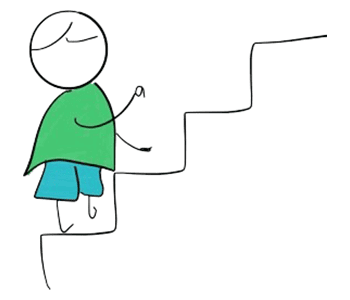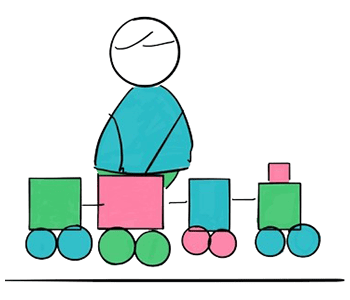Schema in Early Years
A schema is a repeatable pattern of behaviour in learning that may be observed though young children’s play.
Through having knowledge and understanding of schemas, practitioners can understand their key children’s learning and plan next steps in development around their key child individual interests.
Common Schemas you may identify:

Trajectories - Climbing, fascination with beginning and end lines, play with running water, pouring, kicking, vertical, horizontal throwing, jumping.

Connecting - play with jigsaws, join things together e.g. cars, trains spend time connecting train tracks.
On top - climbing and being on top of objects.
Rotational - spinning around, running or walking in circles playing with toys with wheels, rolling balls.
Positioning - lining up toys, how they place food on their plate or just sitting under a table.

Transporting - moving objects from one place to another, carrying objects in a bag or container, or pushing objects about in a container.
Enveloping and containing - wrapping toys, layering paper, building dens, wrapping dolls in blankets, hiding in tents.
Transformation - buckets, wheel barrows, bags, trucks, prams.
Enclosing - building fences around small world animals, sitting in boxes, building dens.
